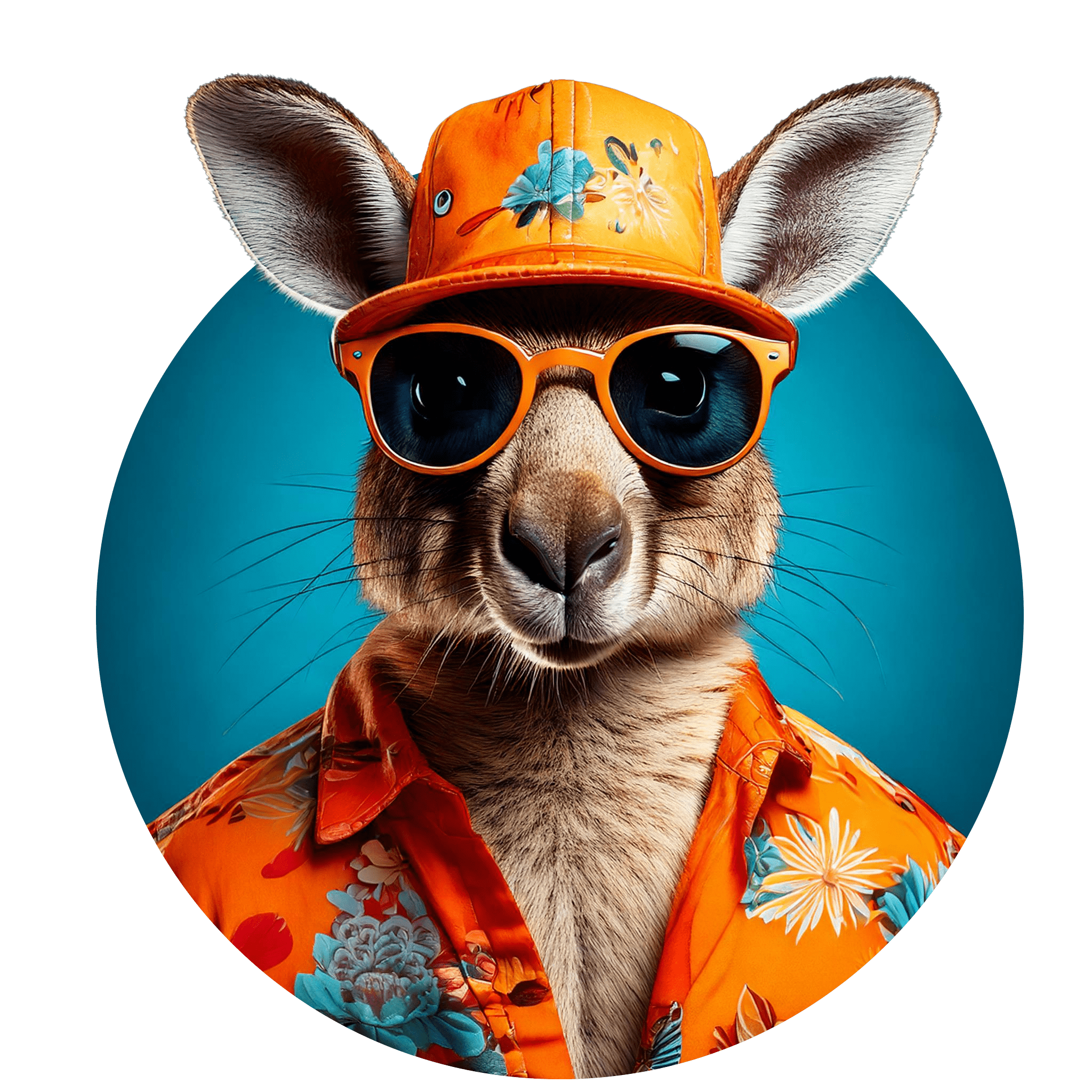I’ve been experimenting a lot with ChatGPT’s image generation recently — the DALL·E 3 integration — and I’ll be honest, it’s gotten seriously good. If you know how to prompt it properly, you can generate visuals that look straight-up pro-level.
But I also learned quickly: there’s a difference between throwing an idea at it and guiding it like a director.
So in this post, I’m sharing what’s working for me, where it still struggles, and how you can get consistently high-quality output from it.
First: What It’s NOT Great At (yet)
Before we dive into what works, let’s get this out of the way — here’s what ChatGPT still can’t do well when it comes to images:
- 🛑 Text inside images — this one’s the biggest letdown. If you want a poster, banner, logo, or anything with readable text, the AI will butcher it. Letters turn into random symbols, weird gibberish, or just awkward shapes.
- 🛑 Logos and branding elements — same story. It can’t replicate brand guidelines or produce clean, vector-style logo designs.
- 🛑 Celebrity faces or real public figures — either not allowed or the results are way off.
- 🛑 Accurate UI designs — fonts and elements get warped; not usable for real mockups.
- 🛑 Complicated architectural designs or maps — loses structure and balance pretty fast.
So if you’re working on anything that needs real text or precision, you’re better off using Canva, Figma, Photoshop, etc.
Now… What It Does Do Amazingly Well 🎯
This is where it gets exciting. With the right prompt, you can generate:
- Portraits (photo-style or artistic)
- Landscapes and environments
- Product-style photos
- Concept art
- Minimalist flat-lay shots
- Social media visual content
- Digital art and fantasy scenes
The key is in how you write the prompt. You don’t need to be a prompt engineering wizard — just think like a photographer or creative director.
My Go-To Prompt Structure for Stunning Results
Here’s the format I’ve been using (and tweaking) to get solid results every time:
“A [adjective] [subject], in [environment], during [time of day], with [lighting type], shot in [camera style or art style], [emotion/mood], ultra-detailed, 8K, cinematic look.”
Example:
“A confident South Asian entrepreneur standing in a modern office with large windows, during golden hour, with soft natural lighting, DSLR photo style, shallow depth of field, ultra-detailed skin texture, professional look.”
It gives you that polished, professional, LinkedIn-banner-type photo — clean, vibrant, believable.
Quick Tips to Improve Your Prompts
- 🎥 Mention camera style: DSLR, cinematic, aerial, macro, top-down, etc.
- 💡 Get specific with lighting: golden hour, studio lighting, candlelight, moody backlight.
- 🌫️ Include mood or emotion: peaceful, energetic, serious, dreamy.
- 🖼️ Define the style: realistic, watercolor, digital art, anime, surreal.
- 📸 Add quality cues: “ultra-detailed,” “cinematic,” “8K resolution,” “shallow depth of field.”
Final Thoughts
AI image generation is only going to get better, but right now, it already has some serious creative potential — especially for digital marketers, designers, content creators, or honestly anyone trying to spice up their visuals.
Just know its limits, lean into its strengths, and play with the details. The more specific you are, the better the result.
And if you’ve tried it yourself — what’s worked (or failed) for you? I’m curious.

Leave a Reply